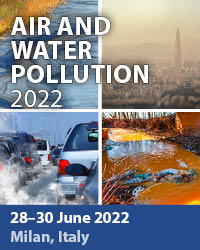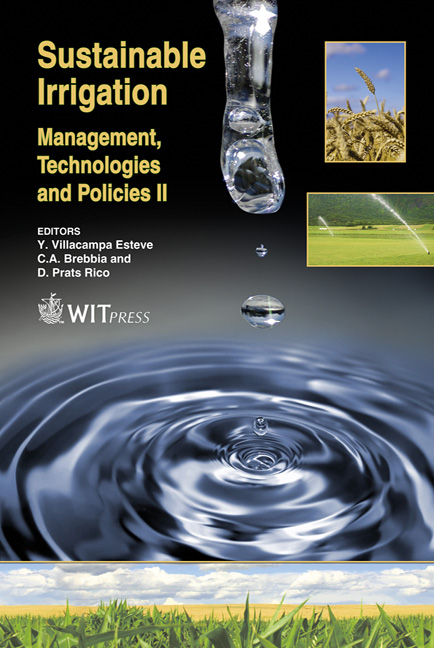Mass Mixing Approach For Assessing Effects Of Irrigation On Water Quality
Price
Free (open access)
Transaction
Volume
112
Pages
11
Page Range
281 - 291
Published
2008
Size
981 kb
Paper DOI
10.2495/SI080281
Copyright
WIT Press
Author(s)
I. Fraser, S. Douglass, B. Ellwood & N. Norton
Abstract
Predicting the magnitude of any increase in nutrient loads on surface water and groundwater resources under future irrigation scenarios is a complex matter that necessarily relies on modelling approaches to simplify and approximate the key elements of the catchment(s). Our water quality assessment for the proposed Hunter Downs Irrigation Scheme (HDIS) in New Zealand utilised a mass mixing model to predict nitrate concentrations within groundwater (and surface water) individual catchments. This approach was selected due to the hydrogeology of the scheme area, which is characterised by poorly draining downland hill country intersected by permeable alluvial gravel aquifers which are interconnected with intermittent or perennial streams. This approach requires a robust understanding of the current hydrology, hydrogeology, existing and proposed landuse distribution and associated nutrient concentrations in soil drainage water. Our modelling was calibrated by comparing the output of the existing landuse simulations with the available current day groundwater and surface water quality data, providing further confidence in the modelling output. The approach also allowed the effects of different landuse scenarios and management processes to be considered. The modelled effects on water quality varied across the scheme area due to differences in existing landuse and interactions between groundwater and surface water that affected the dilution of irrigation drainage. The predicted changes in nutrient concentrations for each catchment were used to assess the risk of increased algae blooms in rivers and coastal lagoon that is of significant ecological and cultural value to the local indigenous Maori people. In this paper we show how the use of a mass mixing model has provided a realistic basis for quantifying the potential adverse effects of irrigation on groundwater and surface water quality, and evaluating the potential effectiveness of mitigation measures such as nitrification inhibitors. Keywords: nutrients, assessment of environmental effects, surface water, groundwater, modelling, New Zealand.
Keywords
nutrients, assessment of environmental effects, surface water, groundwater, modelling, New Zealand.





